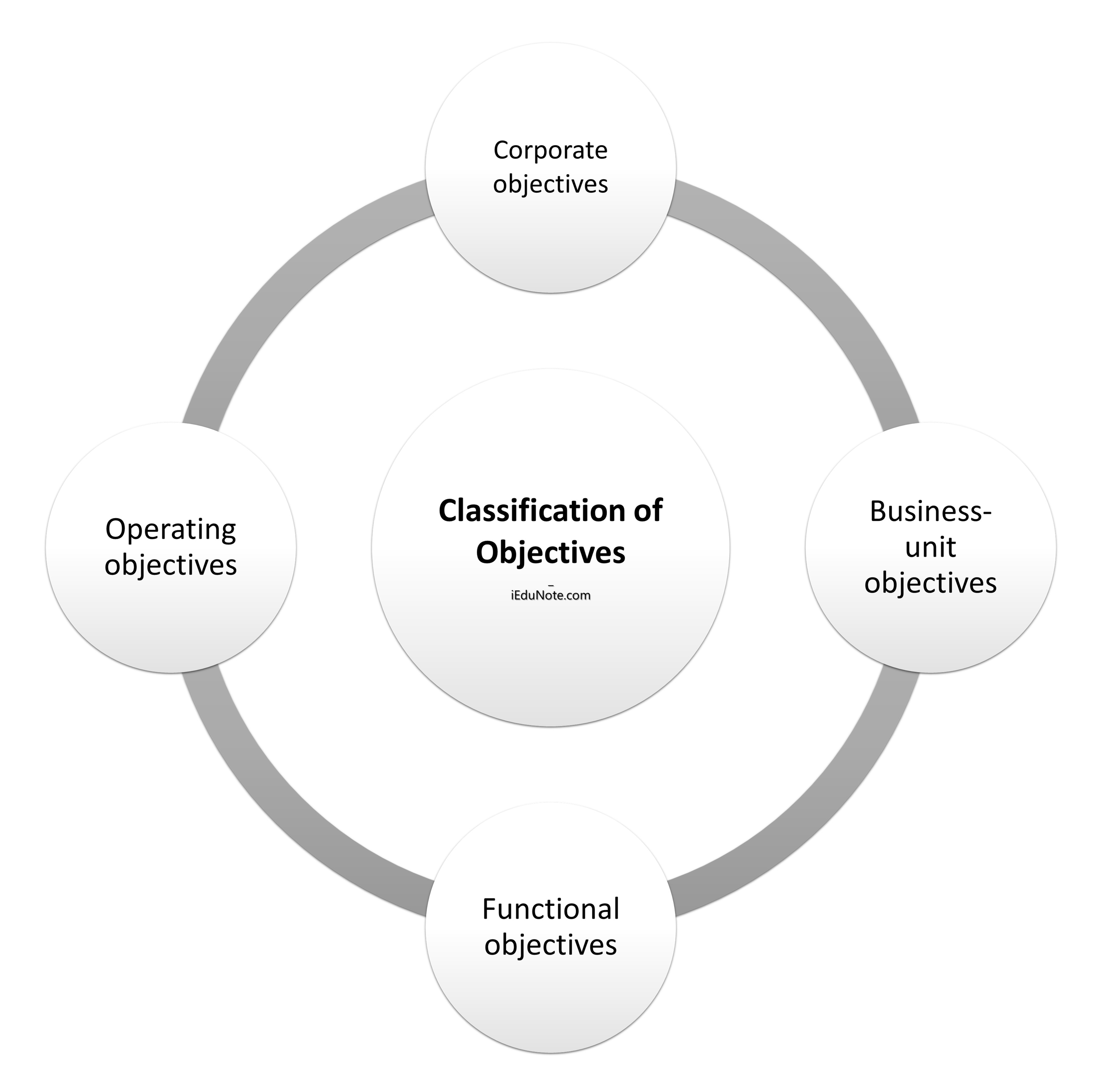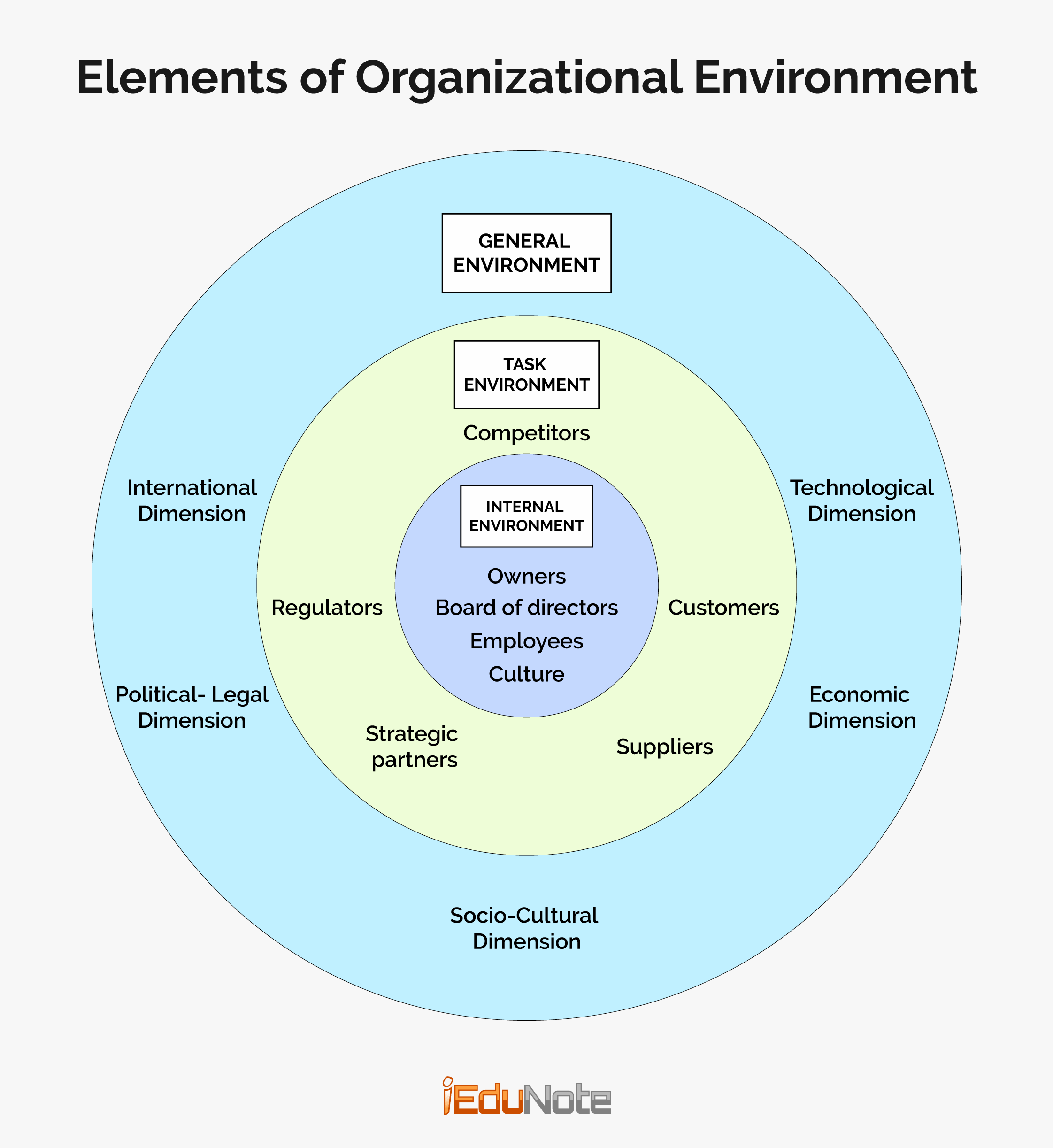Once the strategic analysis of the firm has been completed, the strategy maker’s responsibility is now to take the initiative for setting objectives. These objectives would form the basis for formulating a strategy: as stated earlier, there can be no strategy without an objective.
In fact, the strategic analysis provides adequate information for setting objectives for the firm. Strategy-makers review the information, and use them for establishing (or setting) objectives.
Choosing appropriate objectives requires a deep understanding of the external environment and the opportunities it presents, together with an analysis of the competencies of the firm, the vision, and values of the firm, and the demands of financial markets.
Setting an objective is a direction-getting task. A mission statement provides an overall goal for the organization but does not enable managers to go for action.
Managers, therefore, need to convert the mission into specific performance objectives. Setting objectives convert vision and mission into specific performance outcomes.
Objectives must be set for financial performance and strategic performance for success.
Top managers set broader objectives with longer time horizons than do lower levels managers successively.
Lower-level managers set objectives based on middle-level objectives. In effect, lower-level objectives provide the means for achieving middle-level objectives, and, in turn, middle-level objectives provide the means for achieving top-level objectives.
An objective describes the end results to be achieved by the firm. It refers to measurable targets. An objective is a specific commitment to achieve a measurable result within a given time frame. An objective must clearly show what the company wants to achieve.
Strategic Objectives Definition (Meaning and Nature of Objective)
Some writers are of the view that there should be a distinction between ‘goal’ and ‘objective.
However, managers generally prefer to use both terms interchangeably.
The above are examples of operating objectives used by operational and mid-level managers to implement their plans with specific targets in mind. Ricky W. Griffin, in his famous management book, viewed that ‘operating goals’ are also termed as objectives.
In strategic management, we are more concerned with strategic performance objectives and financial performance objectives. Strategic performance objectives are concerned with sustaining
and improving the company’s long-term market position and competitiveness.
On the other hand, financial performance objectives are related to achieving financial gains for having a strong financial standing.
Below are some examples of strategic performance Objectives and financial performance objectives.
Examples of Strategic Performance Objectives
- A longer market share.
- Higher product quality.
- Lower costs relative to key competitors.
- Superior customer service.
- Quicker on-time delivery than competitors.
- Increased goodwill in the industry.
- Exceeding customer satisfaction.
- Wider geographic coverage.
- Achieving ISO certificate.
- Increased ability to compete in international markets
Examples of Financial Performance Objectives
- Faster revenue.
- Higher dividends.
- Larger profit margins.
- Stable earnings during recessionary periods.
- Higher returns on invested capital.
- Rising stock price.
- Higher earnings per share.
- Bigger cash flow.
- Enhancing financial resources.
Necessity of Objective
Organizational success depends substantially on sound objectives. Objectives are essential for a variety of reasons. They –
- Provide direction to the organization as a whole and to 1 employee in particular;
- Help in the evaluation of the performance of employees and the departments;
- Reveal priorities in what the organization wants to achieve and also in the allocation of resources;
- Provide a basis for effective planning in the organization;
- Assist in organizing, motivating, and controlling the activities.
Classification of Objectives
Based on the time dimension, there may be broadly two types of objectives: short-term and long-term objectives.
Short-term means one year or less than one year. Long-term means for more than one year.
However, some people in the business world talk of the ‘Intermediate-term objective’, which is established for a time period between one and three years.
In such a situation, the long-term objective is one which is set for a period of more than three years.
However, we should keep in mind that the definition of long-term objectives differs from author to author and also from organization to organization.
For example, Pearce and Robinson are of the view that long-term objectives are “results a business seeks to achieve over a specific period of time, typically five years.
According to them, strategic planners commonly establish long-term objectives in seven areas: profitability, productivity, competitive position, employee involvement, employee relations, technological leadership, and public responsibility.
In order to ensure attainability, the long-term objectives need to be acceptable, flexible, measurable over a period of time, motivating, suitable, understandable, and achievable.
Based on an organization’s business structure, there may be corporate, business-unit, functional, and operating objectives. These objectives cascade down from the corporate top to the lowest levels of the organization, thus creating objectives in are set hierarchy.
Corporate objectives are set at the top level of the organization by the board of directors and the senior organization managers. The board formulates the business-unit level objectives on the basis of the corporate objectives.
Based on the business-unit directors and the objectives, the mid-level or senior managers set the functional objectives. Departmental-level managers are meant to be achieved in the short run.

| Levels of Organization | Objectives | Examples |
|---|---|---|
| Corporate level | Corporate objectives | – Increasing Shareholder return. – Diversification of business. – Achieving synergy. – Improving corporate citizenship. |
| Business-unit level | Business-unit objectives | – Double-digit annual earnings growth. – Improving the quality of products. – Expanding market share. – Employee development. |
| Functional level/departmental level | Functional objectives | – Increasing profits on Brand-A by 10% during the year. – Expansion of market share %5 during the year. |
| Operating level | Operating objectives | – Adding 20 more salespeople in the northern sales territory – An increasing number of dealers in the southern sales territory by 30 percent |
Conclusion
Once you have decided and set long-term objectives for your organization, you are ready to formulate strategies in line with the objectives.

